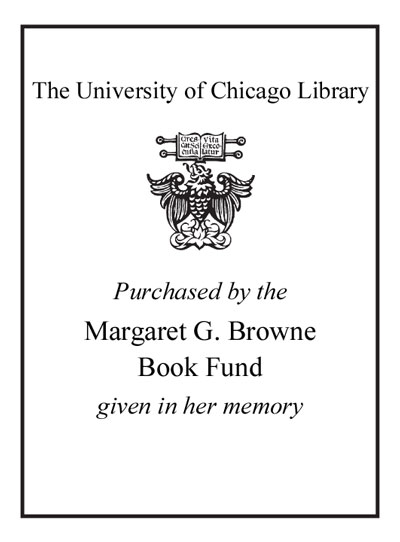Review by Choice Review
Moving beyond the consideration of traditional aesthetic categories, Ngai (English, Stanford Univ.) explores the relationships between three categories: zany, interesting, and cute. By shifting focus to categories that appear in light of postmodern Western culture's proliferation of technology and consumerism, the author reveals that what once might have been considered "lesser" aesthetic categories are significant categories that help show people themselves and their world. The book is organized simply, having only three main sections corresponding to the three categories, yet readers must remain vigilant in taking up this work. Ngai's prose helps in the navigation of the arguments, but familiarity with philosophers of critique and suspicion is useful for further appreciation. Drawing on contemporary art and culture, the author reveals that the three aesthetic categories speak to the ambivalence inherent in the postmodern relationships one has with the dispersion of information, the consumption of commodities, and performance. These relationships are significant in attempting to energize aesthetic theory, as they possess both positive and negative elements that pertain to today's human condition. This book will appeal to readers interested in aesthetic theory, particularly those with postmodern sympathies. Summing Up: Recommended. Upper-division undergraduates and above. J. R. Couch Keene State College
Copyright American Library Association, used with permission.
Review by Library Journal Review
Ngai (English, Stanford Univ., Ugly Feelings) argues that three aesthetic categories usually considered of minor importance are crucial to understanding contemporary culture. The categories in question, the zany, the cute, and the interesting, "are best suited for grasping how aesthetic experience has been transformed by the hypercommodified, information-saturated, performance-driven conditions of late capitalism." In defense of this thesis, Ngai deploys a formidable grasp of the aesthetic theories of Schlegel, Nietzsche, Adorno, and Cavell, among many others. Her knowledge of more recent pop culture is equally wide ranging: readers will especially find illuminating her discussion of the zany Lucille Ball. Ngai aims to show how production, circulation, and consumption in contemporary capitalism are mirrored in the cultural world. She argues that the importance of the three marginal categories requires a revision of classical aesthetics. We need not abandon the beautiful and the sublime, but we need to give attention as well to what best enables us to understand today's culture, thus lessening the gap between aesthetic theory and practice. VERDICTÅHighly recommended for an academic audience interested in cultural and aesthetic theory.-David Gordon, Bowling Green State Univ., OH (c) Copyright 2012. Library Journals LLC, a wholly owned subsidiary of Media Source, Inc. No redistribution permitted.
(c) Copyright Library Journals LLC, a wholly owned subsidiary of Media Source, Inc. No redistribution permitted.
Review by Choice Review
Review by Library Journal Review

